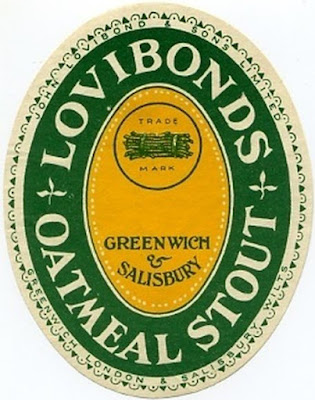There was one particular table I was after. One showing a variety of different Porter grists.I was reminded of it when looking at Lovibond's records. Because they used a very unusual Stout grist for a London brewer. In that it contained neither pale nor brown malt.
Instead it gores for an amber and black malt combination. It struck a chord the first time I saw it. Because it reminded me of one of my home brews. In fact, my first home brew in Amsterdam, almost 30 years ago now.
Because of a misunderstanding when I bought the malt, I used amber rather than pale as the base for a Mild recipe. Along with some black malt, that left me with a Porter rather than a Mild.
If you've been paying attention, you'll have noticed that in London, Porter and Stout recipes were variations on grist 1. Though, in the 1850s, it was more likely to have been 75% pale, 21% brown and 4% black malt.
Most brewers outside London, however, used something like grist 2, with just pale and black malt.
| Porter grists suggested by Loftus | |||||
| grist | pale | brown | amber | black | total |
| 1 | 60% | 35% | 0% | 5% | 100% |
| 2 | 90% | 0% | 0% | 10% | 100% |
| 3 | 0% | 0% | 95% | 5% | 100% |
| 4 | 45% | 25% | 25% | 5% | 100% |
| 5 | 58% | 30% | 10% | 3% | 100% |
| Source: | |||||
| "The Brewer" by William Loftus, London, 1856, page 62. | |||||

No comments:
Post a Comment